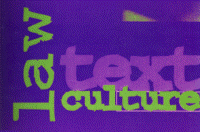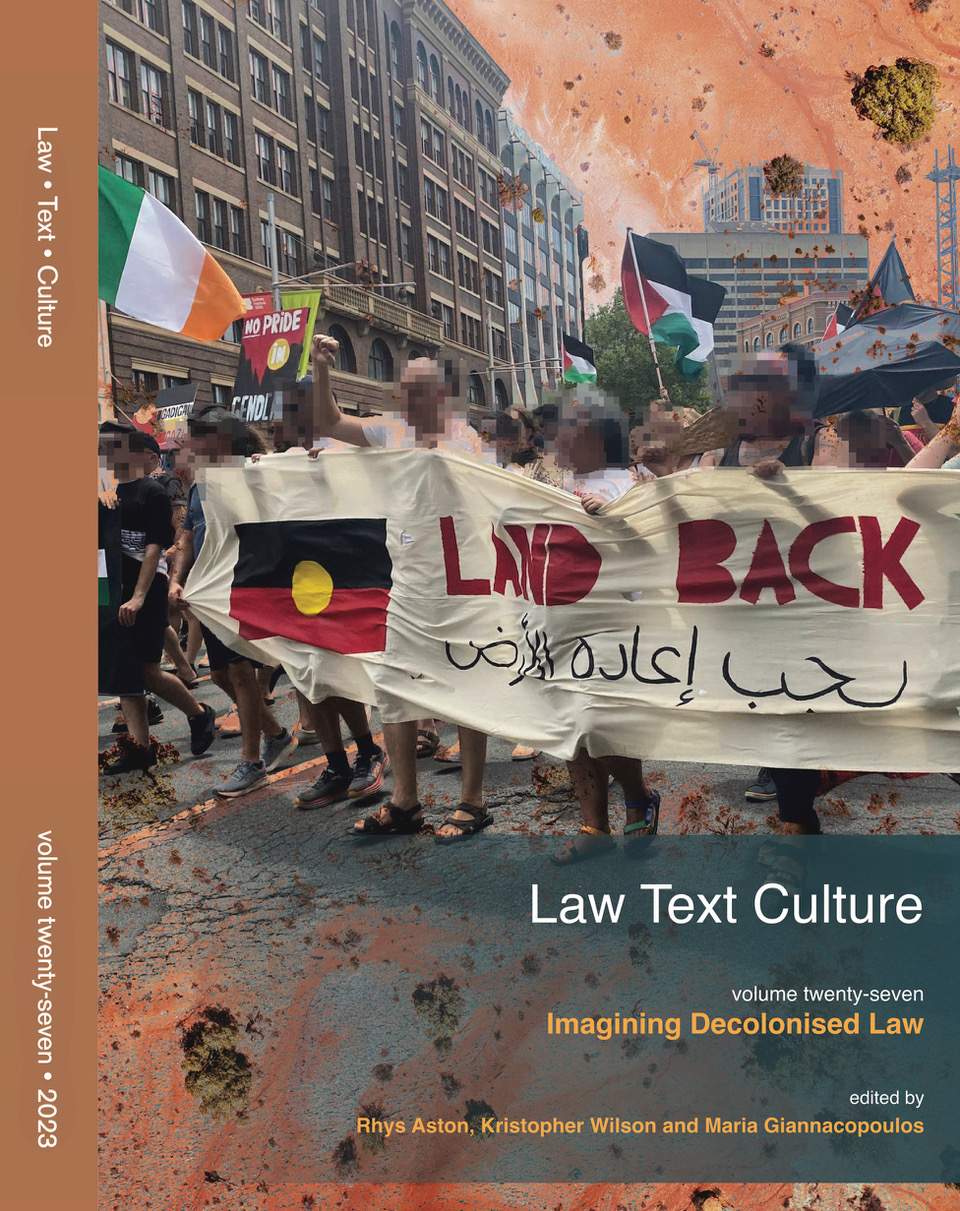Abstract
Crime has long kept law and its public enthralled, and the heartland of crime in contemporary culture is the crime scene. This is a place where the coordinates are continually mapped and, whether a minor or lead character in our social topographies, the crime scene inevitably, repeatedly, steals our attention. Representations pepper our television screens in police and forensic procedurals; Luc Sante’s (1992) collection of New York crime scene photographs inspired a fervent generation of local and international efforts to excavate archives, loosening the crime scene from relative archival obscurity to increasingly preoccupy the public; and — as readers of contemporary crime fiction know — the ‘crime scene’ has become as ubiquitous a feature in crime fiction as the haunted house in the horror genre. The crime scene is thus de rigueur a feature of any modern examination of crime.
How to Cite:
Bray, R. S. & Dalton, D., (2009) “Crime Scenes”, Law Text Culture 13(1). doi: https://doi.org/10.14453/ltc.428
Downloads:
Download PDF
View PDF
401 Views
764 Downloads

